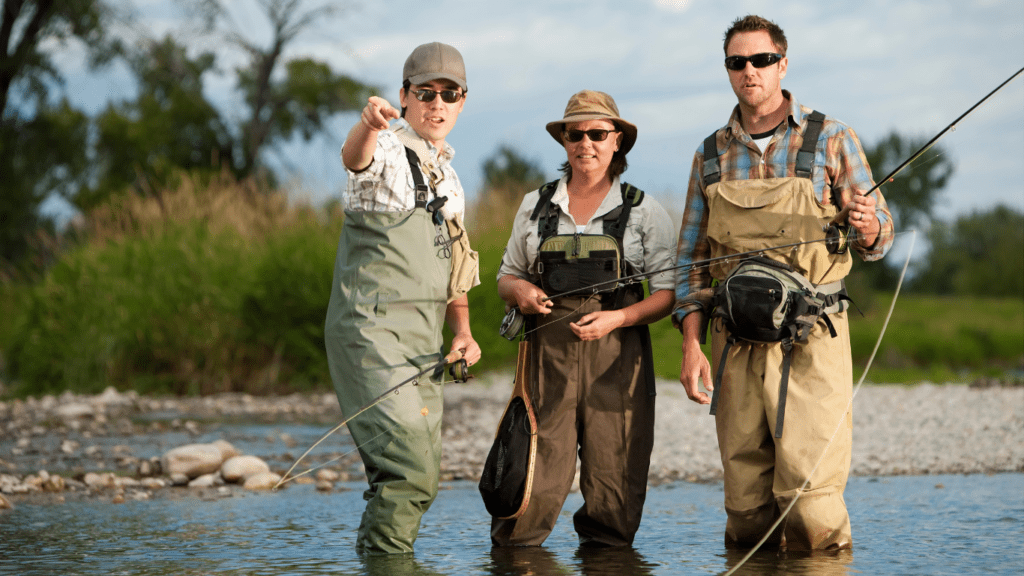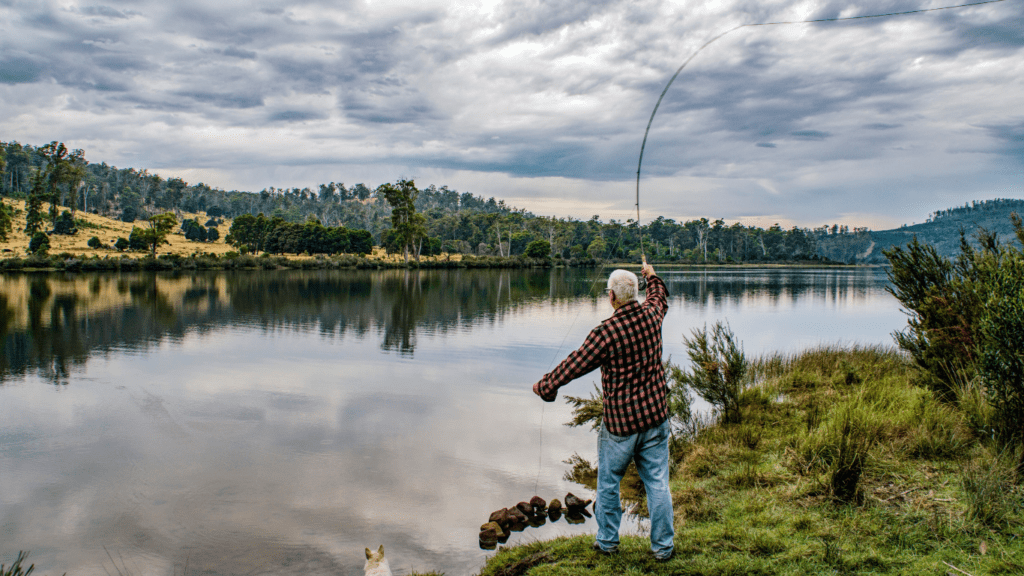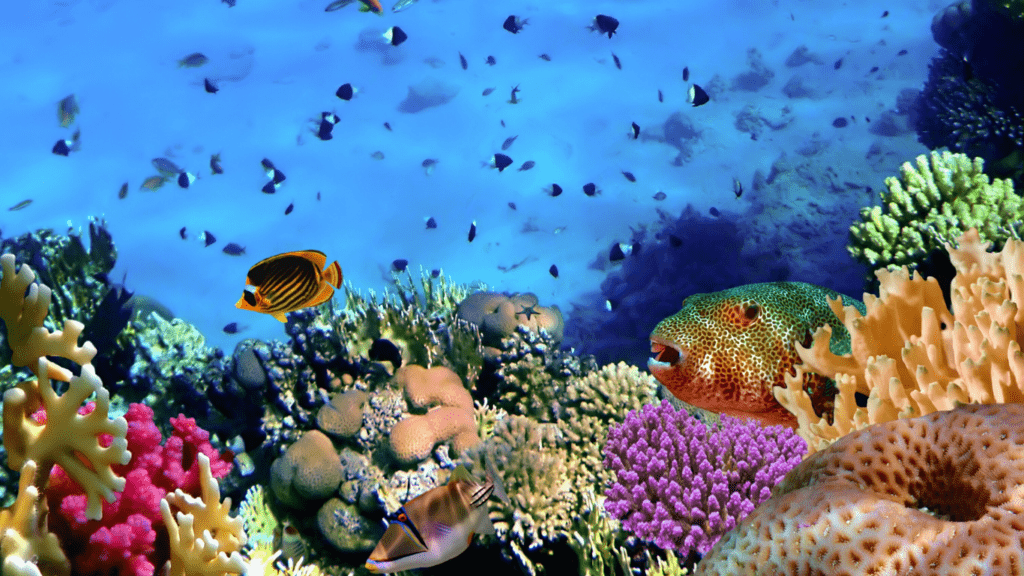Fishing tourism is an incredible way to explore new destinations, connect with nature, and reel in unforgettable memories. As an angler, I know the thrill of casting a line in unfamiliar waters, but I’ve also learned how important it is to balance adventure with responsibility. The choices we make while traveling can have a lasting impact on the ecosystems we cherish.
Understanding Fishing Tourism
Fishing tourism combines recreational angling with travel, allowing anglers to explore diverse aquatic ecosystems while supporting local communities. This form of tourism centers on the sustainable use of fisheries resources, aligning leisure activities with conservation principles.
Local economies benefit significantly from fishing tourism. Anglers contribute revenue through:
- expenditures on permits
- guides
- accommodations
- equipment rentals
For example, regions like Alaska and Norway attract fishing enthusiasts, boosting small businesses and promoting eco-friendly tourism.
Cultural exchange plays a vital role in fishing tourism. I often encounter traditions, techniques, and stories from local fishers that deepen my understanding of their heritage. This shared knowledge fosters mutual respect and appreciation for global fishing practices.
Environmental awareness grows through immersion in fishing destinations. I observe firsthand the challenges faced by ecosystems, such as overfishing, pollution, and habitat degradation. These experiences underline my responsibility to minimize harm and support conservation initiatives during my trips.
The Connection Between Fishing Tourism And Conservation
Fishing tourism links recreational angling with environmental stewardship, emphasizing the mutual benefits of responsible travel and conservation. Anglers play a crucial role in safeguarding aquatic ecosystems while enjoying diverse fishing experiences worldwide.
The Role of Anglers in Preserving Aquatic Ecosystems
Anglers contribute directly to conservation efforts by supporting sustainable tourism practices. Revenue from fishing licenses and guided tours often funds habitat restoration, fish population studies, and anti-poaching initiatives. In Florida’s Everglades, for instance, eco-tourism anglers help fund projects to restore water flow and native fish species.
Reducing environmental impact also starts with individual choices. I practice catch-and-release techniques where appropriate, use eco-friendly fishing gear like lead-free tackle, and follow local regulations. By avoiding invasive species transfer through properly cleaning my equipment, I help maintain the health of fisheries.
Benefits of Sustainable Fishing Practices

Sustainable fishing practices ensure thriving aquatic ecosystems and long-term angling opportunities. Protected species and well-managed fisheries boost not only biodiversity but also tourism appeal. For example, Costa Rica enforces strict quotas and marine protected areas, attracting anglers while conserving critical habitats.
Local economies also benefit when anglers choose sustainable operators. I prioritize businesses that collaborate with conservation groups, sourcing their equipment responsibly and investing in community development. Eco-conscious trips contribute to preserving fishing destinations for future generations, combining rewarding travel with responsible resource management.
How to Travel Responsibly as an Angler
Responsible angling begins with informed choices and practices that prioritize conservation and respect for the environment. By making deliberate decisions, I can enjoy fishing tourism sustainably while supporting the ecosystems and communities I visit.
Researching Eco-Friendly Fishing Destinations
I look for destinations known for their sustainable fishing practices and conservation efforts. Locations that enforce strict fishing regulations, protect aquatic habitats, and prioritize eco-tourism stand out. For example, Belize has marine reserves preserving its coral reef system, and British Columbia emphasizes habitat restoration in its river systems. Local regulations, such as catch limits or seasonal restrictions, help maintain fish populations, so I review them thoroughly before planning my trip.
Choosing Licensed and Ethical Guides
- Select guides who hold proper licenses and adhere to ethical practices to ensure my trip supports responsible fishing tourism.
- Certified guides contribute to conservation by complying with regulations and sharing knowledge of sustainable fishing techniques.
- Ethical operators often participate in habitat restoration programs or fund conservation projects.
- In the Florida Keys, many licensed guides advocate for seagrass bed protection and educate visitors on minimizing ecological impact.
Practicing Catch-and-Release Techniques
When practicing catch-and-release, I handle fish carefully to reduce harm and improve survival rates. Using barbless hooks, keeping fish in water during handling, and releasing them quickly ensures they remain healthy. I avoid fishing during spawning seasons to protect vulnerable populations and follow best practices outlined by local authorities. For example, in Montana’s trout streams, anglers are encouraged to limit handling time, especially during warm temperatures, to prevent stress-related fish mortality.
Essential Tips for Sustainable Fishing Tourism
Responsible anglers can enjoy fishing tourism while protecting the environment and supporting conservation. Here are practical ways to ensure sustainability during your trips.
Limiting Environmental Impact
I prioritize minimizing damage to natural habitats by adhering to local fishing regulations, including size and catch limits. Using barbless hooks reduces injury to released fish. Properly disposing of waste, like fishing line and hooks, prevents pollution and harm to aquatic life. When accessing fishing spots, I stick to designated paths to avoid disturbing vegetation and wildlife habitats.
Supporting Local Communities
Hiring local guides and staying at locally-owned accommodations supports small businesses and promotes community growth. I buy permits, supplies, and gear from local vendors to contribute directly to the economy. Participating in community-led activities or events maintains cultural ties and shows respect for traditional fishing practices.
Avoiding Invasive Species Spread
To prevent the unintentional spread of invasive species, I clean my gear, boat, and shoes before moving between water bodies. Draining water from equipment, such as live wells, before leaving a fishing location protects native ecosystems. I avoid using live bait unless obtained locally to minimize introducing non-native species.





